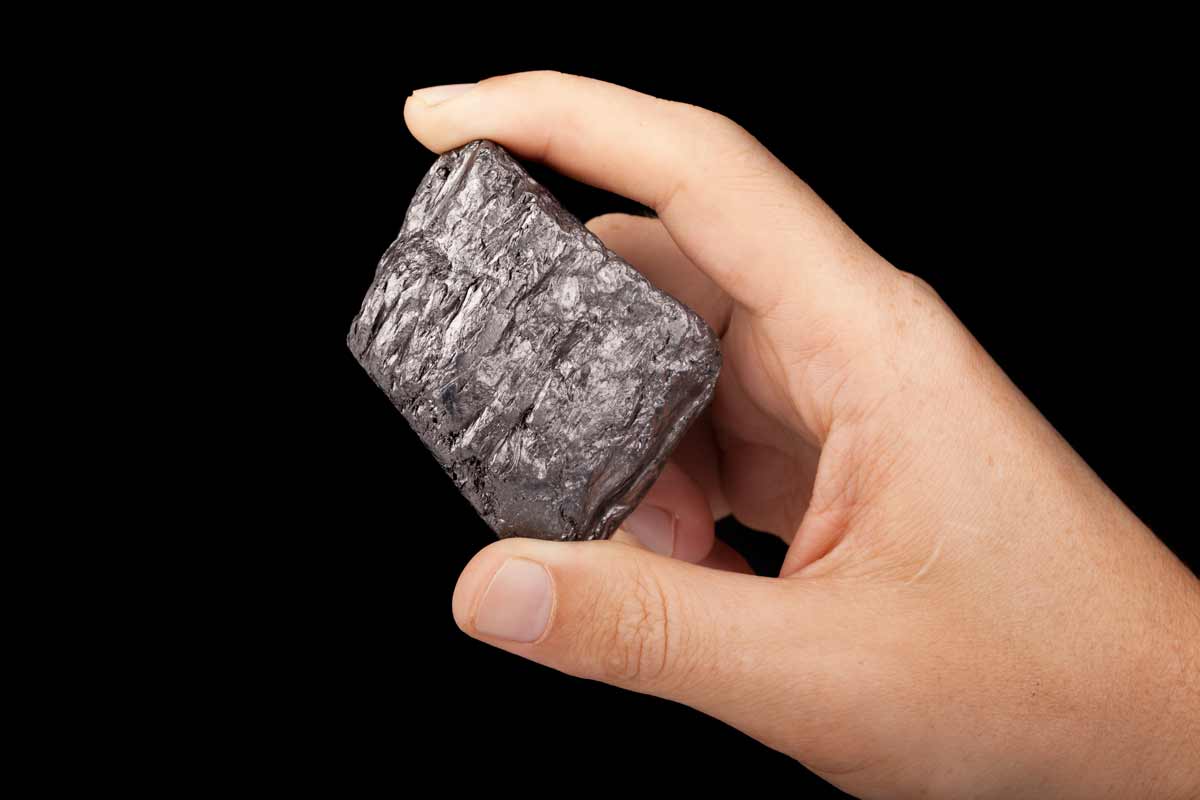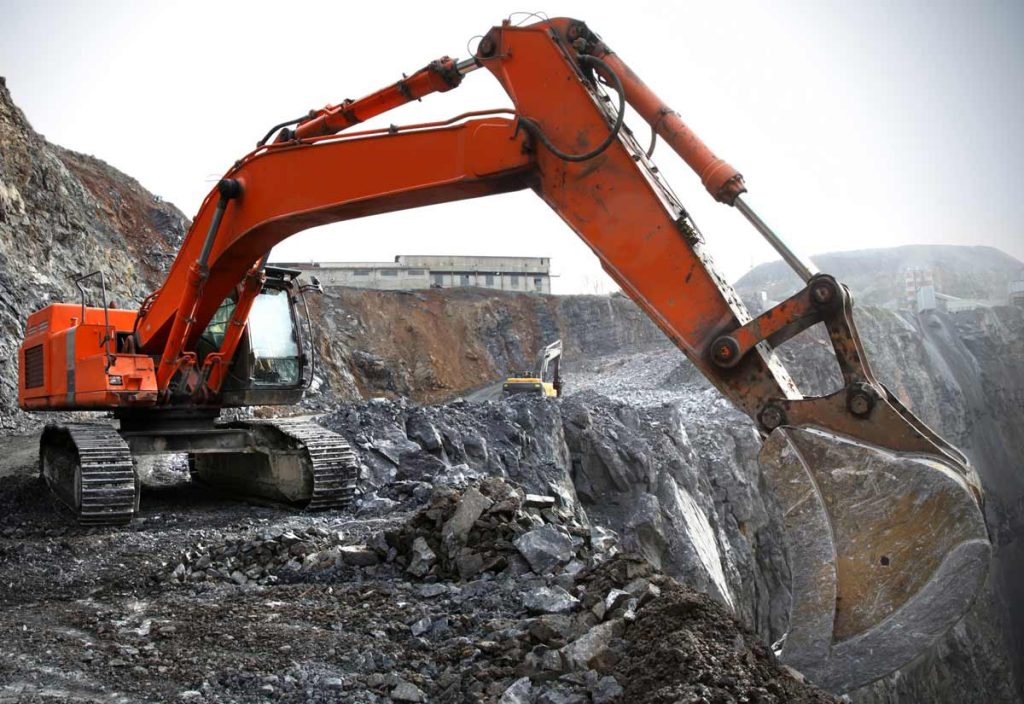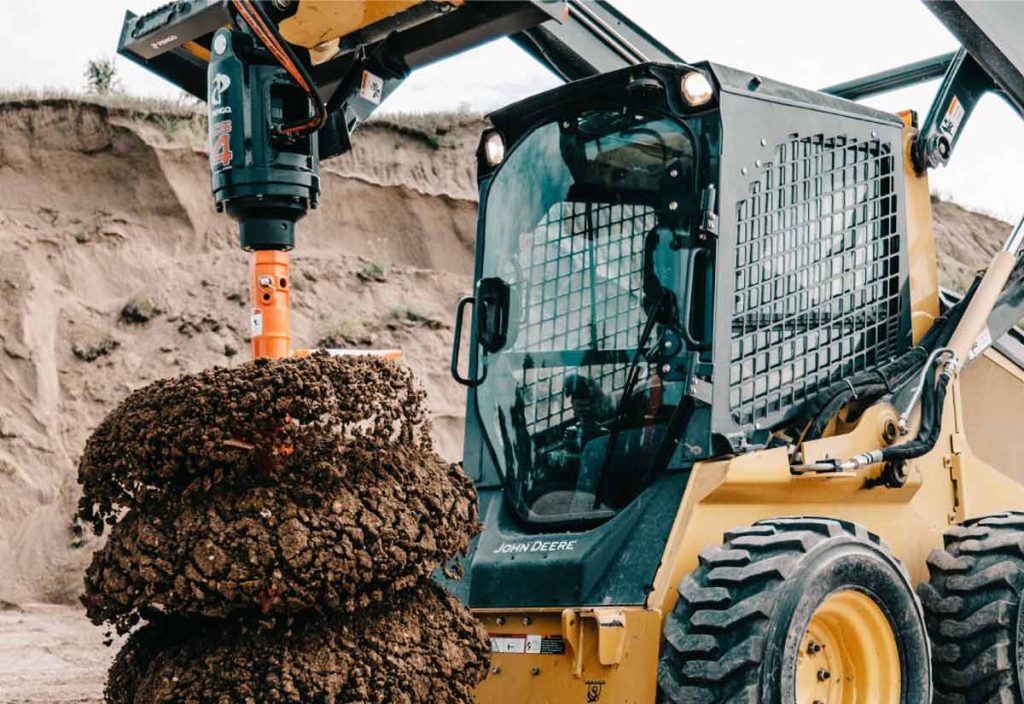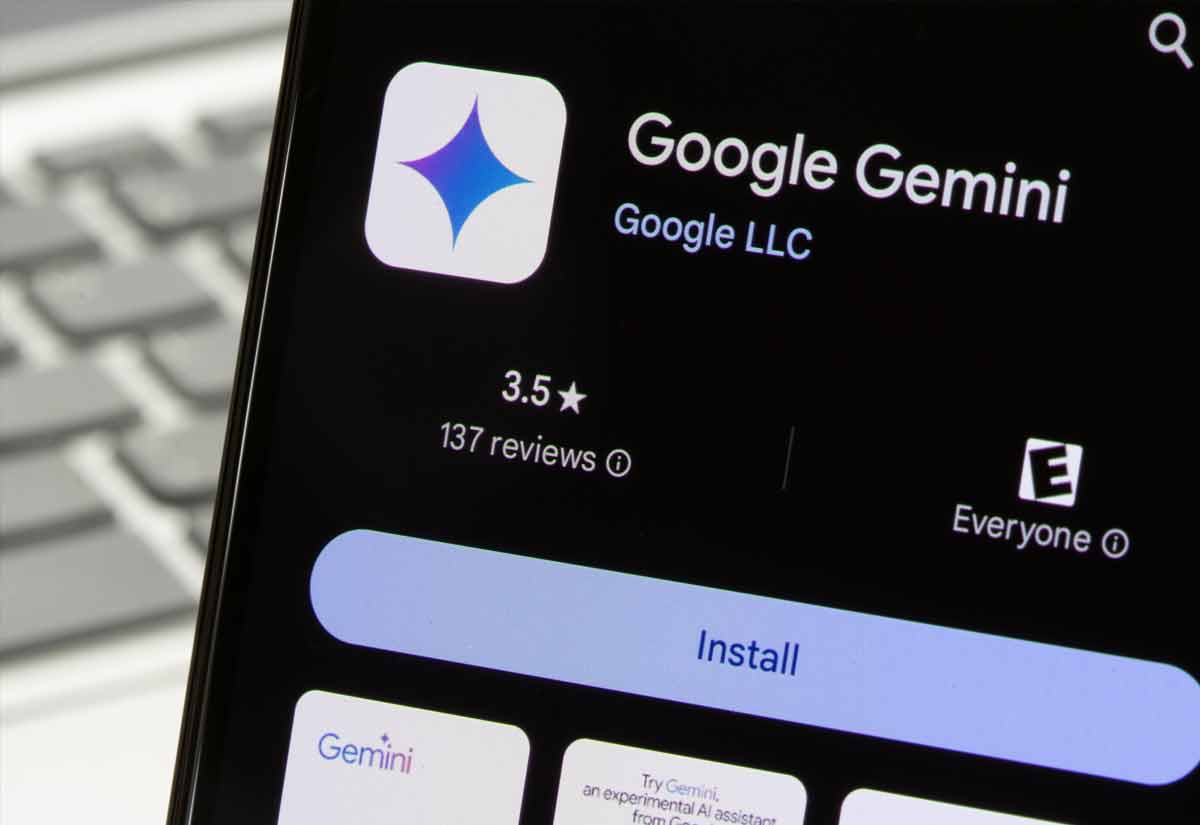There’s a hot “new” battery metal in the mining industry’s Electric Vehicle support race. It’s an anode-grade, all-natural-flake graphite that can match or surpass the life cycles of its synthetic graphite competitors, all while increasing energy kWh capacity, at a much lower cost.
In this article, the industry watchers at Resource Erectors take a look at 3 North American companies making major breakthroughs in natural graphite process testing and some newly launched operations to secure the US graphite supply chain and reduce dependence on the near-monopoly that China exploits for this and other Rare Earth Elements. (REE)
Graphite: A Clean Energy Carbon “Diamond” in the Rough
Graphite is one of the two natural forms of carbon with the other form known as the more familiar and precious gem, the diamond. Graphite is a superior conductor of heat and electricity, featuring the highest natural strength and stiffness of any material. Resilient and stable over a wide range of temperatures, graphite has a very high melting point at an incredible 3650°C, or 6602°F. Graphite has a high natural lubricity and is one of the lightest of all reinforcing agents. It’s chemically inert, and also has a high resistance to corrosion, making it the unsurpassed choice for anode manufacturing.
Coated Spherical Purified Graphite (CSPG) cuts anode raw materials costs by 20-30% as compared to artificial anode materials. That’s significant in the global drive to green tech where the mining industry will have to shift into overdrive to meet EV and hybrid vehicle demands.
Tesla alone is projected to require over 26,000 tonnes of spherical graphite for vehicles in 2021 to meet its production benchmark of 300,000, and that accounts only for vehicle manufacturing consumption. Add separate battery and power pack production and lithium and graphite battery metal consumption jumps by up to 40%.
CSPG Mining and Electrification of the Auto Industry
If the electrification of the global auto industry is to succeed, a reliable graphite supply chain is essential and it all comes down to battery manufacturing and energy capacity. Lithium-ion (li-ion) battery cells today have about 1.2 kg of graphite per kWh of energy capacity.
That means that each Tesla Model S 100D contains about 120 kg of graphite.
Aside from electrifying the auto industry, a gargantuan supply task in itself, graphite is also needed for manufacturing smartphones, televisions, and computers, and it’s an essential component in all lithium-ion batteries.
The huge projected demand spikes for graphite have captured the interest of investors and CEOs alike. Mining operations and R&D programs for developing natural flake graphite resources range from Quebec to Arizona, while rich deposits such as the Alabama Graphite Belt are now in the 2021 mining spotlight.
At Resource Erectors we’ve been following REE supply chain developments and their effects on the mining industry as the world learned during the covid 19 supply chain disruptions that dependence on the export monopoly of communist-dominated China is an untenable trade situation. The North American mining industry is now targeting alternative sources for REE deposits from Greenland to Alabama, in a “green market” environment with manufacturing demands poised to boom in 2021 and beyond.

Developing the North American Graphite Supply Chain
Nouveau Monde Graphite is a junior mining company looking to supply EV automakers and battery manufacturers with its plan for a mine at what is believed to be the largest graphite deposit in North America.
Their Matawinie project is located in Saint-Michel-des-Saints in Quebec, Canada about two hours north of Montreal. The company anticipates 100,000 tons of graphite concentrate production per year, with an average purity of 97%, over a 26-year period. A second facility generating 99.95% pure spheric graphite product will “cater to the needs of the booming lithium-ion battery industry” according to an article at Elektrek.
Not to be outdone in the need to break away from dependence on China for rare earth elements such as graphite and lithium, US advanced materials leader Urbix, Inc. announced their Natural Flake Graphite Anode to Replace Synthetic in a March 15, 2021 press release. Urbix CEO Nico Cueves touted the Arizona company’s CSPG processing saying;
“Essentially, the process preserves all of the essential good qualities of natural graphite, such as higher specific capacity and discharge rates.”
Westwater Resources of Centennial, Colorado announced their own successful CSPG test results in July 2020. President and CEO Christopher M. Jones stated for an article at Businesswire that;
“The positive test results on spherical purified graphite, which follow the positive independent test results on our first lab-produced graphite, ULTRA-PMG™, demonstrates that we are progressing with the commercialization of these American-made battery-grade graphite materials.”- Westwater Resources Announces Test Results on Coated Spherical Purified Graphite
With positive test results in hand Westwater is making a major move in the graphite sector with their Coosa Graphite Mine, a vast operation located across 41,900 acres in east-central Alabama. The innovative “clean energy materials” supply company also holds lithium mineral properties in Nevada and Utah, and vanadium is also a product of the Coosa project in Alabama. Westwater’s uranium projects are located in Texas and New Mexico. But the article at the company’s website leaves no doubt about the high priority they’ve placed on graphite production with the title WESTWATER GOES ALL IN ON GRAPHITE.
Westwater acquired the mineral rights to the Coosa Graphite Project in August 2012, and the operation will revive graphite production in the Alabama Graphite Belt where significant graphite production took place from the late 1800s through the 1950s. According to 2015 assaying estimates, the indicated reserves of the Coosa graphite project are 78.49Mt, grading 2.39% graphitic carbon (Cg) and containing 1.876Mt of in-situ graphite.
Large portions of the deposits found in this region are characterized by graphite-bearing material that is oxidized and has been weathered into extremely soft rock. That means that conventional open pit mining methods involving loading and hauling will be used at the Coosa project. Based on the soft-rock characteristic, the mine can eliminate any blasting processes and will extract with an excavator and 45t articulated trucks for an estimated production cycle spanning the next 27 years.
That’s a great start to the “American-made battery-grade” metals supply chain.
About Resource Erectors
At Resource Erectors we maintain connections with the industry-leading companies in mining and we recruit the best qualified professionals who keep them up and running. We bring decades of specialized human resource expertise to the table, serving heavy industries such as engineering, mining, manufacturing, civil construction, aggregates, mineral processing, construction materials, concrete, tunneling, and more. When you need to fill essential vacancies in your organization or make a strategic move in your professional career don’t hesitate to contact Resource Erectors.








